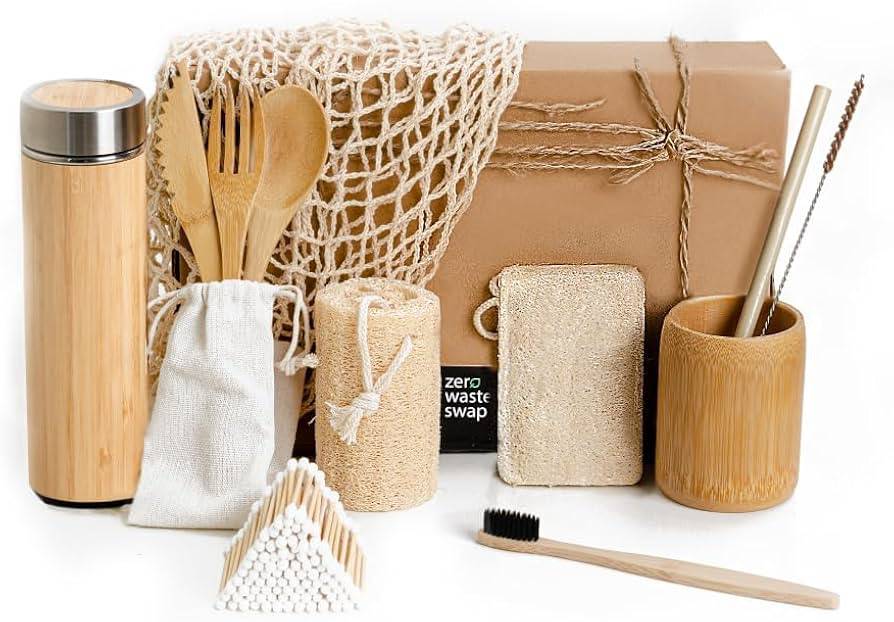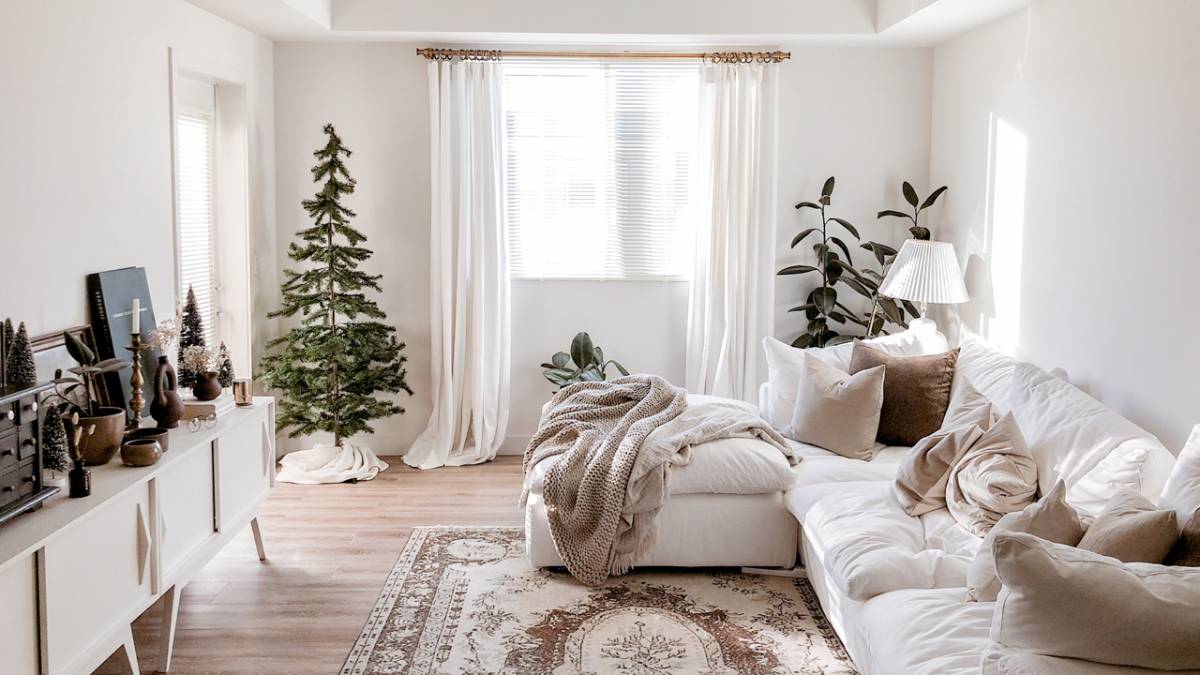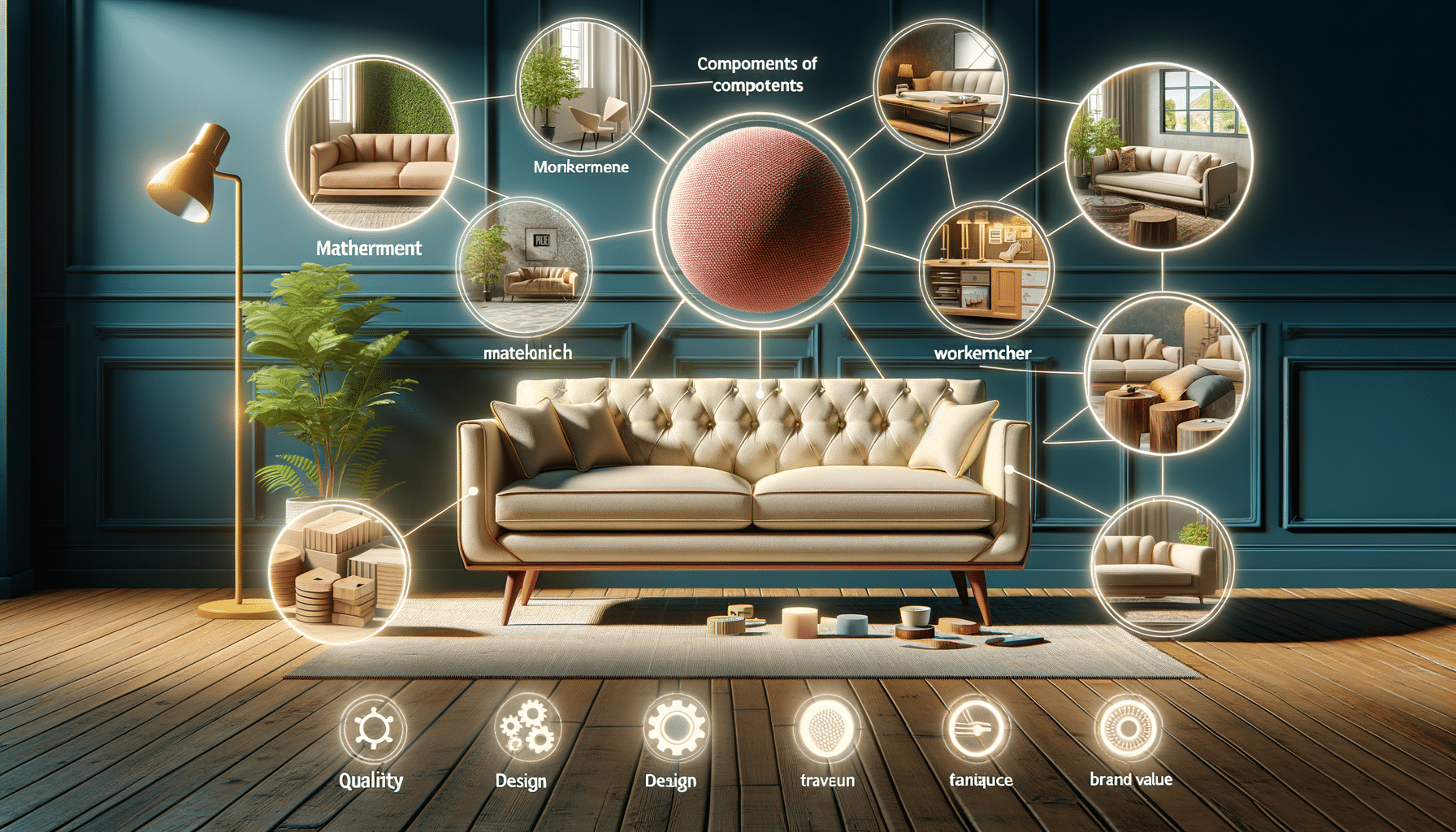
Essential Green Products for a Sustainable Minimalist Home
Over the last few years, the movement towards sustainable living has grown immensely. More and more people are choosing a minimalist lifestyle that emphasizes sustainable practices. Sustainable home products are in high demand because we care about our environment. This change is great for the planet. It also encourages us to live simply and with purpose. In this article, we are going to see minimalist home essentials that are sustainable and green. We will focus on eco-friendly essentials and zero-waste must-haves.
Knowing why sustainable choices are important is the first step to making your home more eco-friendly. consistent with sustainable development principles having positive consequences on the environment. However, it’s important to debunk the myths that surround sustainable living. Not a lot of people are aware that it does not need to be expensive or inconvenient. Building a sustainable minimalist home is for everyone. You just need the right knowledge and resources. Plus, it doesn’t have to cost a lot.
Key Benefits / Why It Matters

The Importance of Sustainable Home Products
Sustainable home products aim to reduce environmental impact. They use renewable resources, cut down waste, and boost energy efficiency. These products play a crucial role in preserving our planet’s natural resources and reducing pollution. Using eco-friendly home essentials can help us fight climate change.
One of the key benefits of sustainable home products is their ability to reduce waste. Many common products add to landfill waste. Eco-friendly alternatives, however, are often reusable, recyclable, or biodegradable. This not only helps to conserve resources but also reduces the amount of waste that ends up in landfills.
Moreover, sustainable home products often promote better health and well-being. Many common products have harmful chemicals. These can hurt our health and harm the environment. Eco-friendly home essentials usually come from natural materials. These materials are safer for people and the planet.
Real-Life Applications
Consider the impact of switching to sustainable cleaning products. Many traditional cleaning products have harsh chemicals. These can hurt the environment and irritate our skin and breathing. Using eco-friendly options helps us avoid harmful substances and lessen our impact on the environment.
Similarly, opting for sustainable kitchen products can significantly reduce waste. Using reusable silicone food storage bags can cut plastic waste. They also save money over time compared to single-use plastic bags. Buying good kitchenware made from sustainable materials can lower our environmental impact.
Step-by-Step Guide to Creating a Sustainable Minimalist Home

Step 1: Assess Your Current Lifestyle
First, check your current lifestyle. Look for areas to make more sustainable choices. Consider the products you use daily and evaluate their environmental impact. Are there any items that can be replaced with eco-friendly alternatives? Are there any habits that contribute to waste or excessive consumption?
Step 2: Prioritize Eco-Friendly Home Essentials
Focus on incorporating eco-friendly home essentials into your daily routine. These items are designed to minimize waste and promote sustainability. Some examples include:
- Reusable Water Bottles: Ditch single-use plastic bottles. Use reusable stainless steel or glass options.
- Bamboo Toothbrushes: Replace plastic toothbrushes with biodegradable bamboo alternatives.
- Beeswax Wraps: Use beeswax wraps instead of plastic cling film for food storage.
- Cloth Towels: Swap paper towels for reusable cloth towels to reduce waste.
- Energy-Efficient LED Bulbs: Save on electricity with LED bulbs. They last longer and use less energy.
- Non-Toxic Cleaning Solutions: Use natural cleaners like vinegar, baking soda, and castile soap. This way, you can skip harmful chemicals.
Step 3: Invest in Zero-Waste Must-Haves
Zero-waste products are designed to minimize waste and promote a circular economy. Consider adding the following items to your sustainable minimalist home:
- Compost Bin: Start composting food scraps to reduce landfill waste and create nutrient-rich soil for your garden.
- Reusable Shopping Bags: Keep reusable bags on hand for grocery shopping to avoid plastic bags.
- Bulk Food Containers: Buy bulk foods in reusable containers. This helps cut down on packaging waste.
- Solid Shampoo and Conditioner Bars: Switch from liquid shampoo bottles to solid bars. This helps cut down on plastic waste.
- Reusable Coffee Cups: Avoid single-use coffee cups by carrying a reusable travel mug.
- Refillable Cleaning Bottles: Get refillable cleaning spray bottles. Use concentrated solutions to cut down on packaging waste.
Step 4: Embrace Minimalism
Minimalism and sustainability go hand in hand. Living minimally helps you cut down on consumption. You can then prioritize quality instead of quantity. Here are some tips for adopting a minimalist mindset:
- Declutter Regularly: Regularly assess your belongings and donate or recycle items you no longer need.
- Choose Quality Over Quantity: Buy high-quality products that last longer. This cuts down on replacements.
- Think Before You Buy: Ask yourself if you really need the item and if it fits your sustainable values.
- Adopt a Capsule Wardrobe: This means having fewer clothes that can mix and match. Choose versatile pieces made from sustainable materials. This helps cut down on clothing waste.
Additional Expert Tips & Common Mistakes to Avoid

Best Practices for Sustainable Living
- Educate Yourself: Stay informed about sustainable practices and products to make informed decisions.
- Support Local Businesses: Buy from local shops that focus on sustainability. This helps lower your carbon footprint and boosts the local economy.
- Save Energy: Use LED light bulbs and unplug electronics when you’re not using them.
- Grow Your Own Food: Start a small garden or grow herbs indoors to reduce dependence on store-bought produce and packaging waste.
Common Mistakes and Misconceptions
- Over-Consumption of Eco-Friendly Products: Eco-friendly products are great, but don’t over-consume them. Focus on reducing overall consumption and making mindful choices.
- Assuming All “Green” Products Are Sustainable: Not all products marketed as “green” are truly sustainable. Research brands and products to ensure they align with your values.
- Neglecting the Importance of Recycling: Recycling is a crucial aspect of sustainable living. Be diligent about recycling properly and reducing waste.
Advanced Insights / Expert Recommendations
Exploring Circular Economy Practices
A circular economy seeks to cut waste and support the ongoing use of resources. We can make our minimalist homes more sustainable by using circular economy practices. Consider the following strategies:
- Repair and Repurpose: Extend the life of products by repairing or repurposing them instead of discarding them.
- Join Product Take-Back Programs: Some companies allow you to return items for recycling or refurbishing.
- Choose Products with Minimal Packaging: Pick items with recyclable materials to cut down on waste.
The Role of Technology in Sustainable Living
Technology can play a significant role in promoting sustainable living. Think about adding smart home devices to save energy. Smart thermostats and energy-efficient appliances are great options. These devices can help reduce energy consumption and lower utility bills.
Small Changes, Big Impact
A sustainable minimalist living space is an obtainable goal well worth pursuing for you and the earth itself. Switching to sustainable home products, embracing minimalism, and being eco-friendly can reduce our carbon footprint. This, in turn, helps create a healthier planet. Breaking these bad habits can lead to a more sustainable future for us all.


